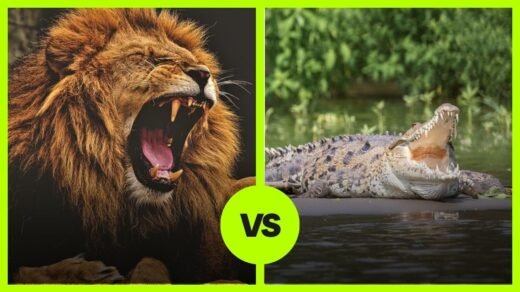Location and Habitat
The snapping turtle, primarily found in freshwater environments across North America, thrives in a variety of aquatic habitats including slow-moving rivers, shallow streams, and marshy ponds. These turtles prefer muddy bottoms where they can easily hide from predators and ambush prey. They are particularly adaptable and can also be found in brackish environments, demonstrating their ability to thrive in diverse water conditions.
On the other hand, the water moccasin, also known as the cottonmouth, is native to the southeastern United States and inhabits the sluggish waters of swamps, marshes, and the banks of ponds, lakes, and rivers. This venomous snake is highly aquatic and can often be seen basking on branches or stones near water bodies during the day. The water moccasin’s habitat is characterized by its thick, murky waters which provide ample cover and abundant food sources, making it an ideal environment for this stealthy predator.
Snapping Turtle vs. Water Moccasin Comparison
| Animal | Size and Weight | Ability to Finish Opponent | Weaponry |
|---|---|---|---|
| Snapping Turtle | Shell length up to 20 inches; Weight up to 35 lbs | High; can use powerful beak-like jaws to inflict severe bites | Strong jaws, sharp beak, hard shell for defense |
| Water Moccasin | Length up to 4 feet; Weight up to 10 lbs | High; venomous bite capable of causing severe damage or death | Venomous fangs, agility in water |
“`
Hunting and Skills
The snapping turtle, primarily an aquatic creature, utilizes its powerful beak-like jaws to capture a variety of prey including fish, frogs, birds, and even small mammals that venture near the water’s edge. It is also known for its defensive capability, using its tough shell to protect itself from predators and its aggressive bite when threatened. On the other hand, the water moccasin, or cottonmouth, is a venomous snake found in the southeastern United States, known for its distinctive defensive posture and ability to deliver a potent venomous bite. It preys on fish, amphibians, and smaller mammals, using its heat-sensing pits to detect warm-blooded prey and its camouflage to ambush unsuspecting animals near water bodies. Both are adapted to their aquatic environments, with the turtle using its slow, patient approach to hunting, while the water moccasin employs a more active and aggressive strategy to capture its prey.
Snapping Turtle vs. Water Moccasin Who Would Win?
The snapping turtle and water moccasin face off in water. The water moccasin strikes first, aiming for the turtle’s exposed limbs. The turtle retracts into its shell, avoiding serious injury. The turtle snaps back with its powerful jaws, aiming for the snake. The water moccasin is agile but eventually gets caught by a quick snap. The turtle’s bite is severe, incapacitating the snake. The turtle wins the encounter.
Winner: Snapping Turtle with a 70% chance of winning.




